 |
|
|
plants text index | photo
index
|
| coastal plants |
| Misi
or Sea
gutta Pouteria obovata Family Sapotaceae updated Nov 10 Where seen? This coppery tree is often seen on our wild shores: natural cliffs, rocky and sandy shores as well as secondary forests. In the wild, it originally also grew in the back mangroves. It was previously known as Planchonella obovata. Features: Small to medium-sized tree, to about 18m. Crown is conical and appears coppery. This is because the twigs, buds, leaf stalks and undersides of the young leaves are rusty brown and scrufy. Leaves (15-25cm) upward pointing and spaced out along the twig (not in dense rosettes). The leaf shape varies, usually oval, slightly leathery dull green above and coppery brown below, arranged alternately. Flowers tiny (less than 1cm) greenish white, appearing in clusters in the leaf axils. The flowers are said to smell like pandan. Fruits small (1-1.2cm) and oval. The bark is ridged and fissured but not flaky, with low, sharp spreading buttresses. Status and threats: According to Burkill, the timber is heavy, pinkish brown and used for cabinet making and carving. The leaves are used in treatment for stomach ache, chest pains and poultices for lumbago. |
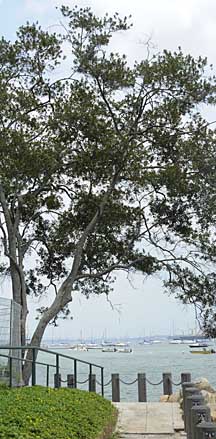 Changi, Sep 09 |
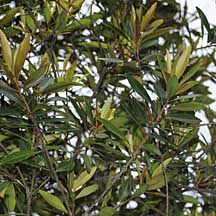 Changi, Sep 09 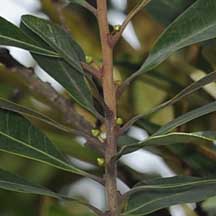 |
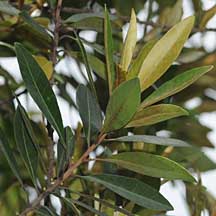 Changi, Sep 09 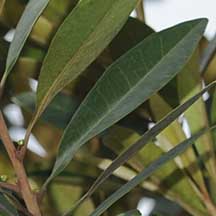 |
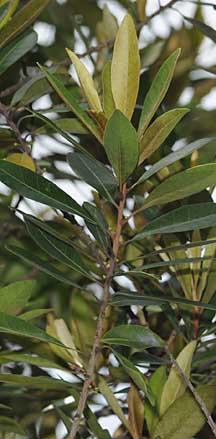 Changi, Sep 09 |
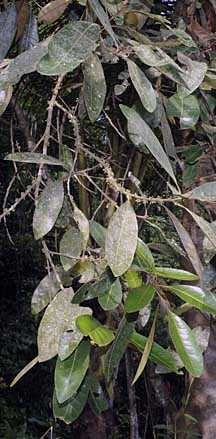 Pulau Ubin, Dec 09 |
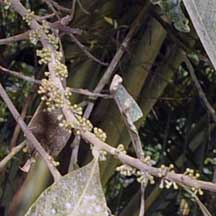 Pulau Ubin, Dec 09 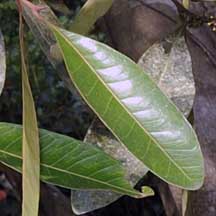 |
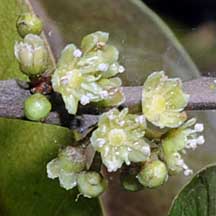 Pulau Ubin, Dec 09 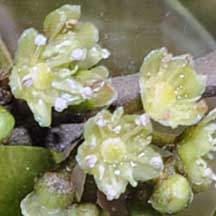 |
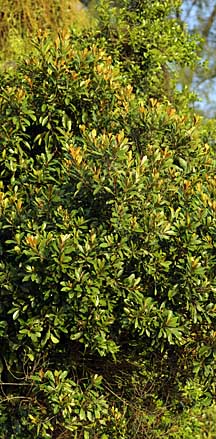 Sisters Island, Aug 09 |
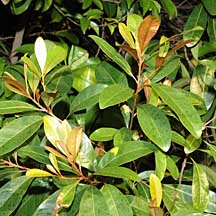 Sisters Island, Aug 09 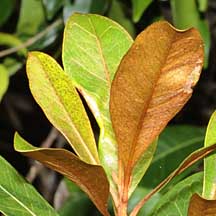 |
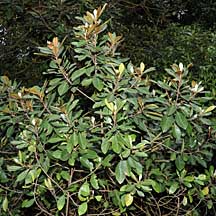 Sentosa, Apr 10 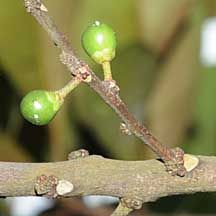 |
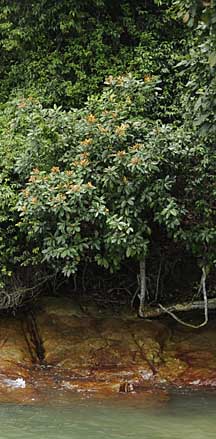 Chek Jawa, Oct 09 |
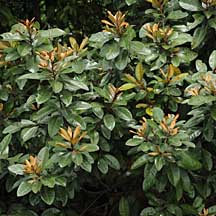 Chek Jawa, Oct 09 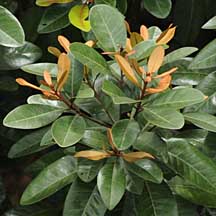 |
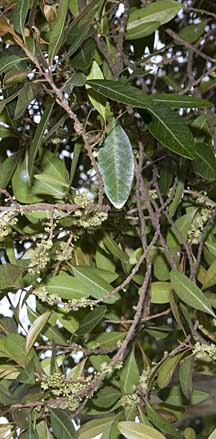 Labrador, Mar 11 |
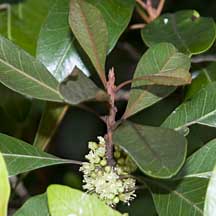 Labrador, Mar 11 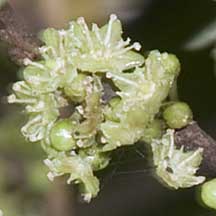 |
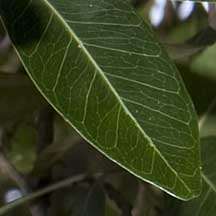 Labrador, Mar 11 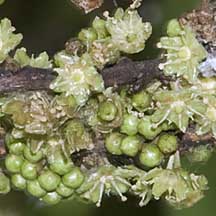 |
|
Links
References
|
|
|